Private tours Istanbul have a bag full of stories; Once upon a time, there were many characteristic sultans of the Ottoman Empire. Each one of them with their own story. There was a former concubine who managed to become the powerful consort of Suleyman the Magnificent – the beautiful Roxelana. Also, many other girls slaves taught the arts of make-up, dress, music, dancing, reading and writing, etc. to become part of the Harem later; janissaries; a palette of sad, mad, bad, happy stories… All of these have the name with two words only – Topkapi Palace!
Mehmet II conquered the city
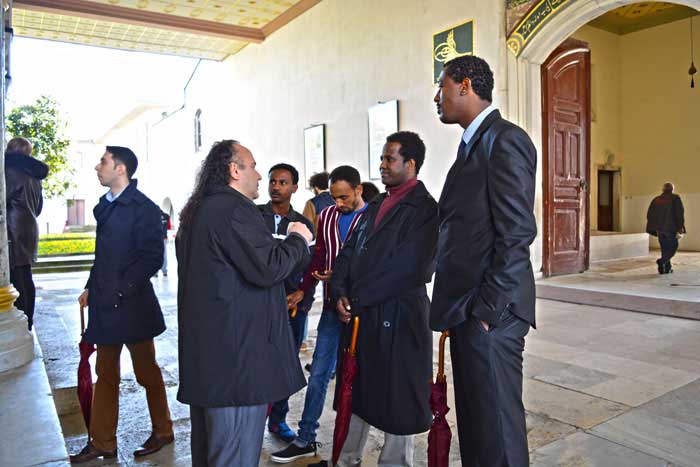
2140 years after the foundation of today’s Istanbul, a young sultan at the age of twenty-three – Mehmet II conquered the city. Named ‘the Conqueror’, due to his victory, 9 years after it, Sultan Mehmet started building his palace over the ruins of Constantinople’s Acropolis. The result was Topkapi Palace. Sultan Mehmed the Conqueror especially chose the place. He started to call himself, ‘I am the Sultan of the lands and the seas.’ This is the point in private tours Istanbul that you are closest to two continents and to seas.
It occupies one of the seven hills of Istanbul overlooking the Golden Horn and the Sea of Marmara. There is a good view of the Bosphorus from many points of the palace. Topkapi Palace was certainly quite different from the European palaces. This is because of its ”irregular, asymmetric, non-axial, and unmonumental proportions”. It also differed a lot from the oriental or Islamic traditions in the art of palace building. In fact, Topkapi was a sui generis microcosm, a paradise on earth or ‘The Palace of Felicity’. Make sure you don’t miss it! But also make sure you have enough time to see most of it if not all on private tours Istanbul.

Establishing the basic layout of the palace
Sultan Mehmet the Conqueror was the one who established the basic layout of the palace. According to an account of a contemporary historian, the sultan also “… took care to summon the very best workmen from everywhere – masons and stone cutters and carpenters … For he was constructing great edifices which were to be worth seeing and should in every respect vie with the greatest and best of the past. For this reason he needed to give them the most careful oversight as to workmen and materials of many kinds and the best quality, and he also was concerned with the very many and great expenses and outlays.”
Private tours Istanbul can give the right form of the ”irregular, asymmetric…” Topkapi Palace

As mentioned above, the Topkapi Palace is quite different from other palaces. So are private tours Istanbul. The palace didn’t have strict master plans and it developed over the centuries with sultans constantly changing and adding new structures and elements. That resulted, of course, in the palace’s “irregular, asymmetric, non-axial, and un-monumental proportions”, though the main layout by Mehmet the Conqueror was preserved. The most and main changes happened between the years 1520-1560, the reign of Suleyman the Magnificent. That was because of the rapid expansion of the Ottoman Empire. It made Sultan Suleyman feel the need to show its growing power and glory reflected in his residence. As a result he ordered the construction or enlargement of new buildings. One such new structure made by that Sultan was the Gate of Salutation. Added by Suleyman in 1524, this gate signaled to all but the Sultan to dismount before proceeding into the palace. Another new structure is the Fountain of Sultan Ahmet III. It was built in 1728 by the Sultan who loved and promoted tulips so much. His reign was dubbed the ‘Tulip Era’.
Palace’s basic four-courtyard
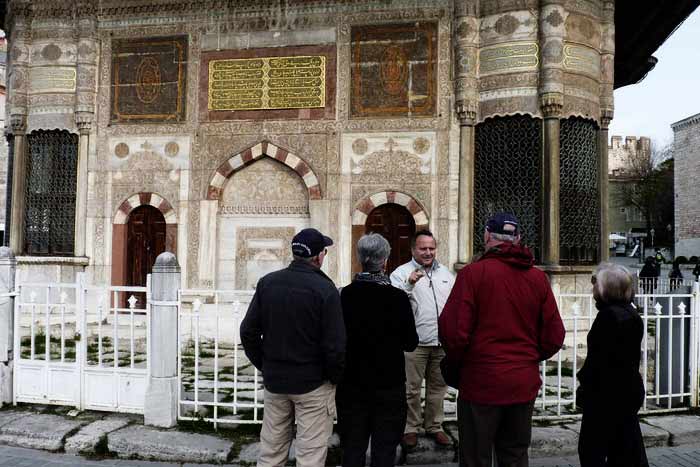
The palace’s basic four-courtyard plan remained the same. The Ottomans followed the Byzantine practice of secluding the monarch from the people. The First Court was open to all. Then, the second – only to people on imperial business. And the third and fourth only to the imperial family, very important people and palace staff. In the Second Court are located the great palace Kitchens. The largest in the world, the kitchens at one time employed over 1,000 servants for a working day. And night they serve the 5,000 residents of the palace, a number that swelled to 15,000 during Ramadan. At the far end is the original wooden kitchen that survived a 16th-century fire. Architect Sinan, who reconstructed the kitchens, added the massive conical chimneys and also enlarged the original space.
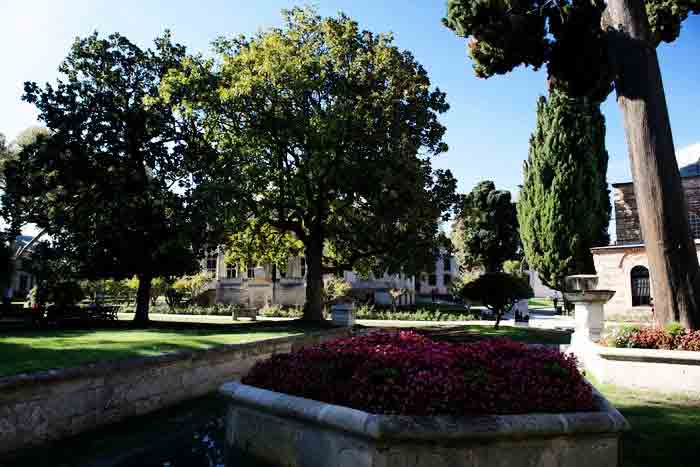
Indisputably, along with the other pavilions, kitchens, barracks, audience chambers, kiosks, sleeping quarters; Harem is among the ones which are most interesting to the visitors of the Palace. It has three main sections: the outer quarters of the Black Eunuchs charged with guarding the Harem. Then comes the second section. This is the inner stone courtyard for the concubines. And, of course, the apartments facing the sea reserved for the Sultan, his mother, favourite concubines, and future heirs to the throne. The word ‘harem’ literally means ‘private’.
Camel caravans over the Silk Road
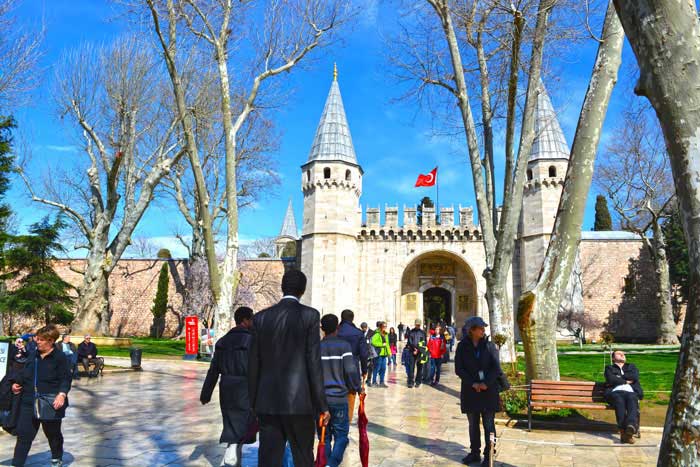
Chinese and Far Eastern porcelain was highly valued and was transported by camel caravans over the Silk Road or by sea. The 10,700 pieces of Chinese porcelain displayed here are rare, precious, and thought to rival that found in China as one of the finest collections in the world. If you are still not sure whether to visit the Topkapi Palace or not in your Istanbul daily tours, I suggest that you stop reading and simply go to Seraglio Point (Sarayburnu), where the UNESCO World Heritage Site is located, and check for yourselves the many fine example of Ottoman architecture, the large collections of porcelain, robes, weapons, shields, armour, Ottoman miniatures, Islamic calligraphic manuscripts and murals, as well as a display of Ottoman treasures and jewellery. You definitely won’t regret having joined private tours Istanbul! I am a specialist on city tour Istanbul. Please, contact us with the size of your group for a free quote with no-obligation.

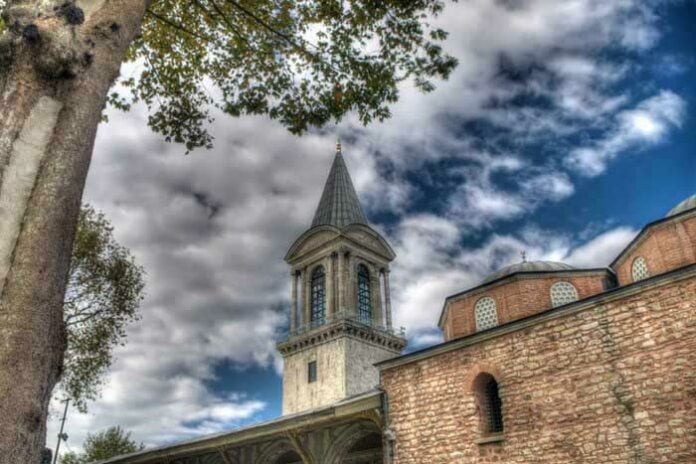
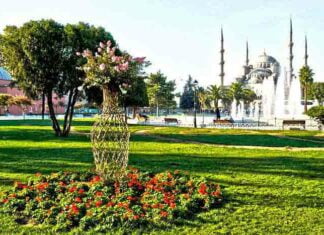
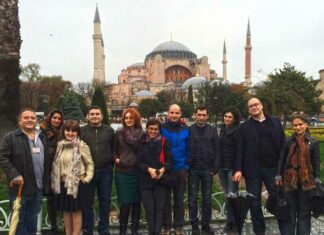
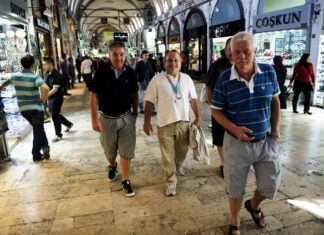

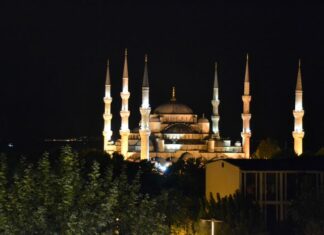
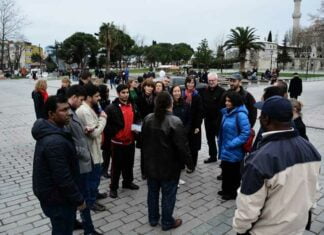
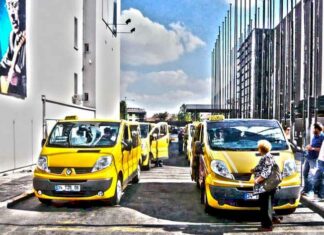
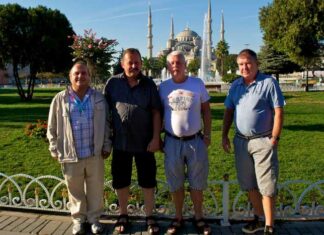
One of my favourite books is ‘Roxelana’. I like reading it again and again. I have never visited Topkapi Palace although it feels like I was there:-)
Is the palace like a fairytale really?